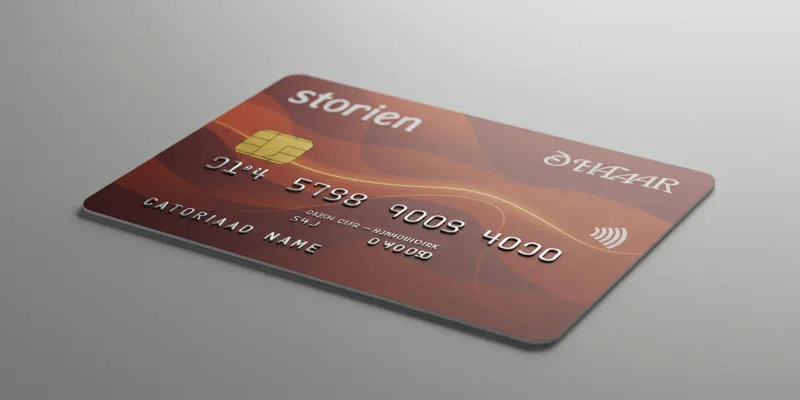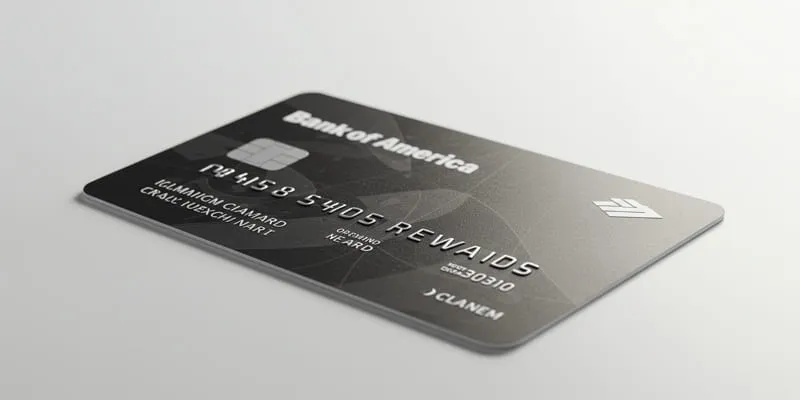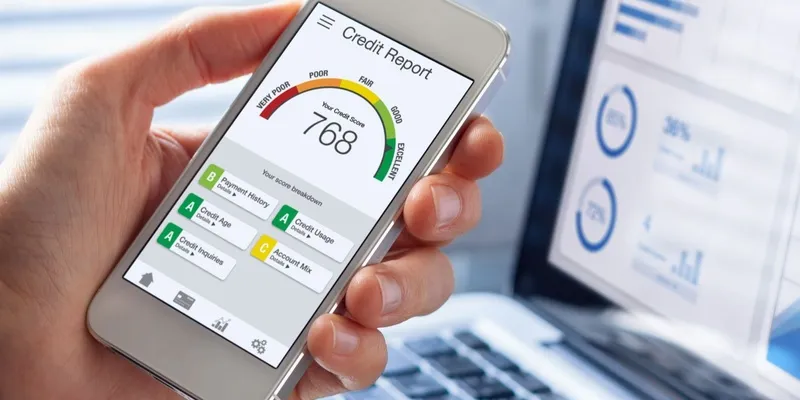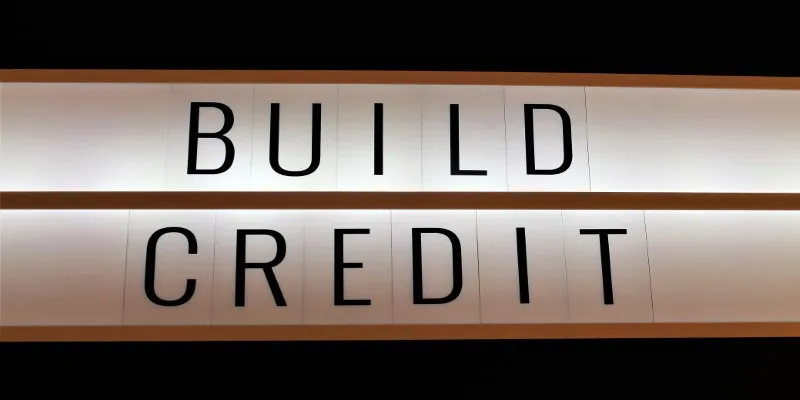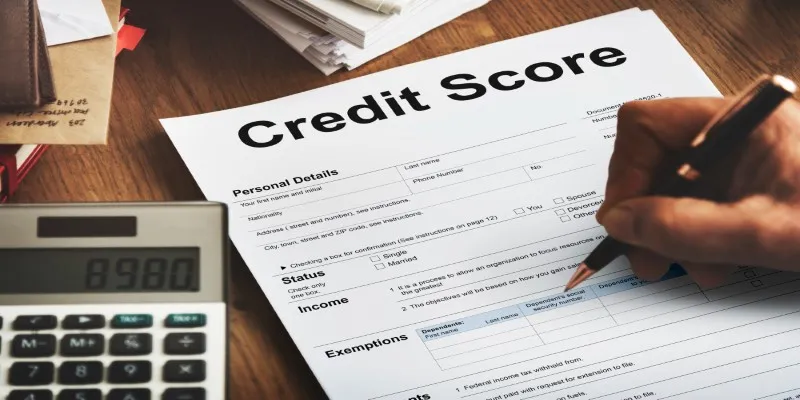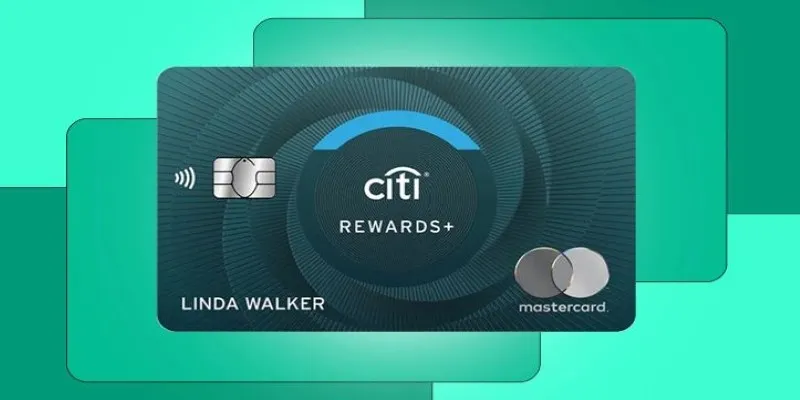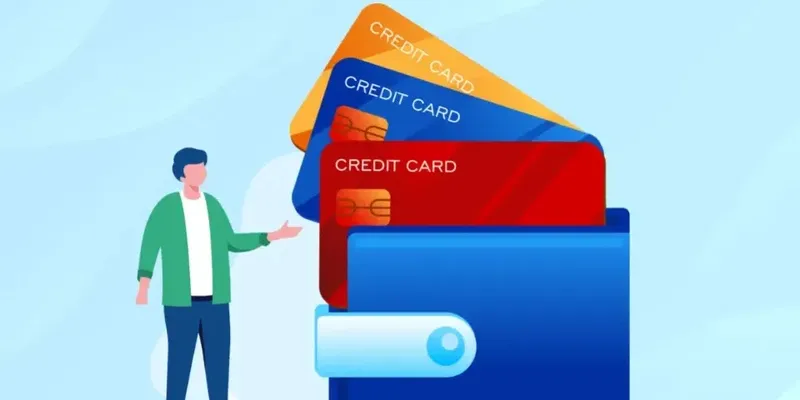Best Strategies for Paying Off Your Credit Cards
Using many of the best credit cards can make managing your finances inefficient. Instead, focus on paying off one credit card at a time. By making one full credit card payment monthly, you’ll notice yourself progressing faster towards financial freedom.
Regardless of the order to pay off credit cards , always make the minimum payments on all of them to maintain excellent credit and avoid late fees. Choosing which of your best credit cards to pay off first can be challenging, but in this guide, we’ll show you how to make that decision effectively.
Calculating Credit Card Payoffs

Typically, individuals target the credit card with the highest Annual Percentage Rate (APR) first. The APR is the annual rate charged for borrowing, expressed as a percentage. The credit card payments are generally 6%-38% monthly. Traditional wisdom suggests that the best order to pay off credit cards is to start with those having the highest interest rates—this strategy is often termed the “debt avalanche technique.”
A smaller debt with a higher APR may cost you more in interest than a larger sum with a lower APR. It’s crucial to compare the interest rates associated with each debt, even while making minimum payments on all accounts to protect your credit score. If the interest rates and balances differ significantly, reconsidering the best order to pay off credit cards is advisable.
A credit card interest calculator can be helpful for determining how much a payment will impact your debt. Issuer statements often include a chart illustrating your balance and potential interest charges with a range of applicable payments. For more information on using these tools, you might find resources like Consumer Financial Protection Bureau useful.
Deciding Which Card to Pay First
Pay More
Making only the minimum monthly payments might extend your debt repayment timeline. Any unpaid amount will continue to accrue interest daily, increasing the total debt. Therefore, consider making larger payments than the minimum if you have significant credit card debt.
What Your Budget Can Afford
Consider paying the minimum on your credit card debt each month to manage the rest of your monthly budget. Once you know how much extra you can allocate, you can establish a strategy to pay off your best credit cards debt.
- Include the minimum payments owed on your order to pay off credit cards , your monthly expenses, and necessary funds for needs.
- Calculate the remaining money you can use to pay off your debts.
List Credit Card Balances and APRs
Check your credit card statements to find the annual percentage rate for each card. List the current balance of each card next to its APR; this will help you determine which order to pay off credit cards will likely accrue the most or least interest over time. This analysis helps you select a debt repayment strategy that benefits you.
Selecting the Repayment Strategy

Your debt affordability may determine which credit card you pay off first. Here are three basic strategies:
Snowballing
Some financial advice suggests paying the minimum on all bills, starting with the lowest balance. This approach can motivate you, but it doesn’t minimize your credit card interest. Begin with the card having the lowest balance and pay it off entirely. Move to the next-lowest balance and repeat. This will continue until your credit card debt is paid off. The process is as follows:
- Decide which credit card has the lowest balance. Add the minimum payment required by that card to the total amount you set aside previously (e.g., $100) for a fixed monthly payment until the balance is cleared.
- Once the first card is paid off, add its monthly payment to the minimum payment of the second card with the next-smallest debt. Continue making that payment until the balance is zero. Repeat the process for the order to pay off credit cards.
Avalanche
To minimize the total interest paid, start with the credit card with the highest APR, then move to the next highest. Although the snowball approach might take longer to clear your balances, the principle remains the same with this method. Paying off your highest APR credit card first will free up funds for the next card.
Next, add that amount to the minimum payment required on the next card in line to get the monthly payment amount for that card. Ensure you pay off each credit card amount in full before moving to the next one.
Balance Transfer
If your credit score is high, you might qualify for a balance transfer card with a promotional period offering low to no interest for 6-18 months. This can consolidate your credit card debt efficiently. Pay off all transferred balances before the low-interest period ends. Consider these points before opting for this strategy:
- A fixed fee or percentage of the amount transferred might be charged for each balance shift.
- Pay off all debt before the promotional period ends to avoid a higher APR.
- A large monthly payment might be required to clear debt in 6-18 months.
- Opening a new best credit cards account can impact your score. Each application triggers a “hard inquiry” into your credit record, potentially lowering your score.
The Bottom Line
Target the credit card with the highest fees and interest first until it’s paid off. Always make minimum payments on time to maintain excellent credit and avoid borrowing more than 30% of your available credit. This practice can help boost your credit score and guide you towards financial stability.
